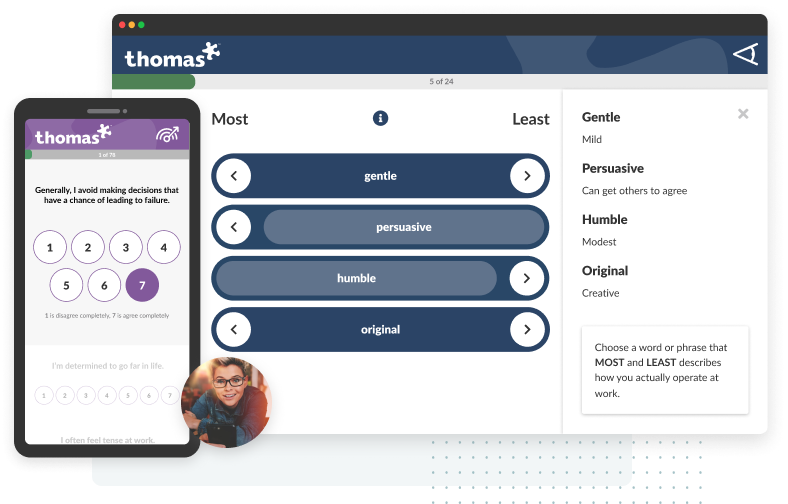What’s the difference between contingency and retained executive search firms? And what makes the most sense for your needs?
If you’re on the hunt for an executive search firm to help fill a key role in your organization (or have hired one in the past), you probably have spent quite a bit of time trying to figure out which model is the best: contingency or retained. Often when people think of recruiters, they think of the more traditional contingency-based model, but if the role you’re looking to fill is for a high-impact leader, contingency may not be the right choice for your needs.
The two key differences between most contingency and retained search models are 1) payment and 2) exclusivity. Here’s how these two things make a big difference in the quality of your search:
Contingency Search – How It Works
In a contingency-based model, the recruiters only get paid when and only IF they fill the role. This means that contingency recruiters will focus on volume versus quality in order to try and fill the role as quickly as possible to ensure that they are paid. If the search becomes more challenging than they expected or is taking longer than they would like, the likelihood of getting paid diminishes and contingency recruiters must shift their focus to the next mandate in order to make their numbers.
And on the flip side, they may try to sell their clients on a certain candidate in order to get paid versus recommending the best candidate, which can take time to surface and assess. This isn’t the fault of the recruiters – they’re just working within a system that emphasizes speed and volume over quality and consultation and are trying to be as efficient as possible within the constraints of the system.
Contingency recruiters are also not on an exclusive contract. This means that you as the client can work with multiple firms or recruiters at the same time to search for one role. This can be ideal for high-volume roles for which there’s an abundance of talent in the market that just needs to be found and contacted, or roles that rely on more technical or hard skills that can be easily assessed without too much effort or deep diving.
The downside to this approach is that you have multiple, competing, stakeholders in the market who aren’t sharing information and are not necessarily using the same approach or story. If too many candidates are contacted by numerous recruiters about the same position it can negatively affect the perception of the position and the company. Additionally, by not sharing information, there is a tendency to double up – contacting the same candidates again and again and wasting valuable time.
Working with contingency firms allows you access to a large database of talent which is perfect for filling a high volume of lower-level or non-management roles, but when you’re searching for a higher-level, high-impact role it can be detrimental to finding the perfect fit, as it doesn’t allow time or space for the deeper exploration and consultation that’s necessary to have a full understanding of your organization and the role.
Retained Search – How It Works
This is where retained search firms come in. Working with a retained search firm means you form a partnership that lasts from the beginning of your search until the role is filled with the desired candidate. Retained search firms are paid on a schedule, with a portion of the fee being paid upfront and the remainder being paid when the role is filled. They are also exclusive, which means you are only working with them to fill this role.
Creating this relationship allows the recruiters to take a consultative approach. They can take the time to understand the role and organizational needs and will work with you as a client throughout the process to make necessary adjustments to ensure they’re finding the perfect fit, including gathering key market data on compensation and the temperature of the market. Because retained consultants are paid for their consultation as well as the placement, they aren’t incentivized to push one candidate over another in order to get paid and are able to ensure the successful candidate is exactly who you’re looking for – whether that takes two weeks or two months.
Retained search is ideal for mid to executive-level recruitment; For more senior roles, the talent pool is significantly smaller and leadership skills and decision-making are on a continuum. These skills need to be better developed, and the quality of candidates needs to be higher. The more the decisions of an employee will impact revenue, the more time needs to be spent in assessing each candidate to ensure they have the skills and attributes that are necessary for the role.
On the other hand, because the pool of people at this level is so much smaller, the candidates who you’re looking for are often already in roles and are not actively seeking out or applying for roles at your company. It’s imperative then, that your organization’s story is being told effectively, and to the right people. This takes time, commitment, and a recruitment partner who has a true understanding of the organization, its needs, and your company’s value proposition. A retained model allows the firm to not only become an extension of your team through relationship building, but also the biggest advocate for your organization.
If you’ve worked with recruitment agencies before and didn’t get the results you were hoping for, it may not have been the fault of the recruiters – the model just may not have been the right choice for your organization and the type of role you were trying to fill.



